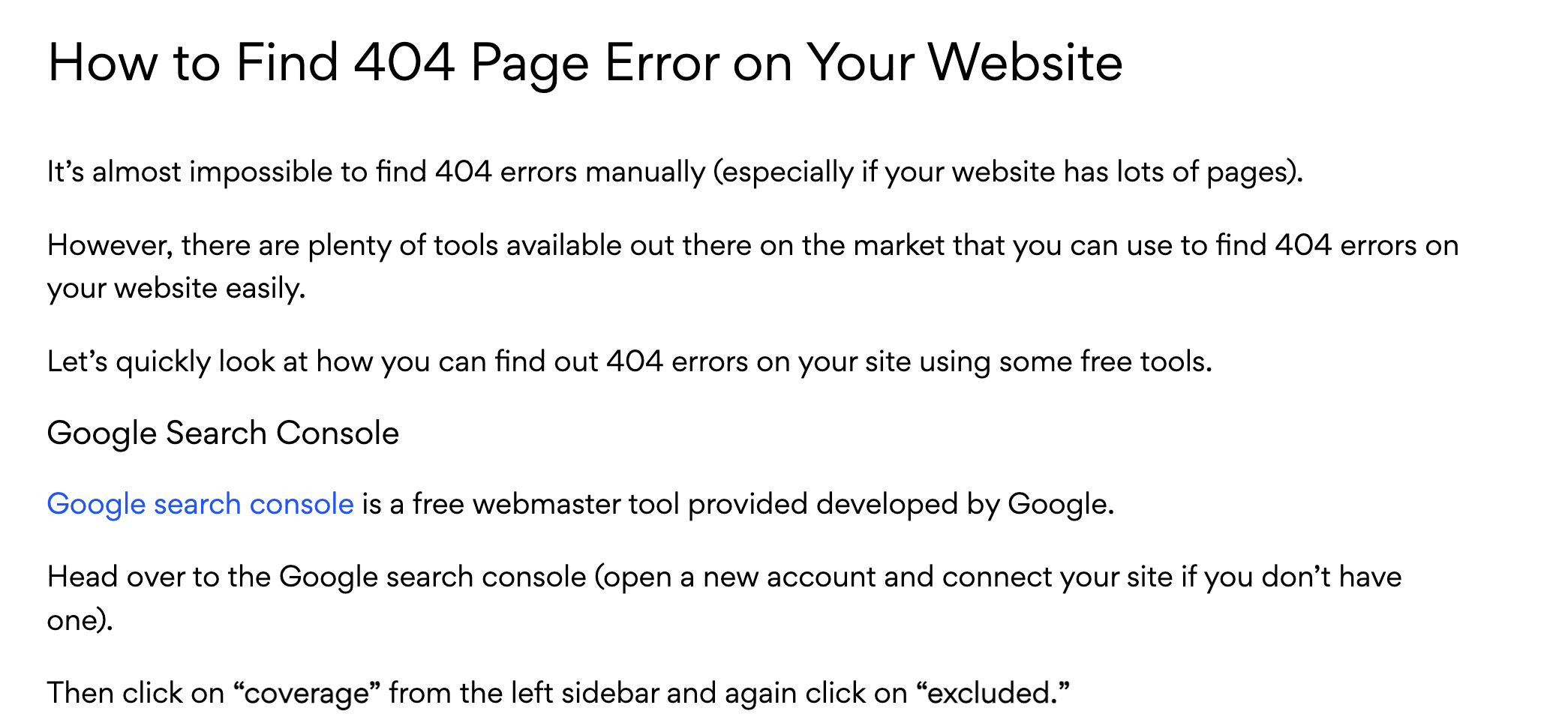Outbound links are a part of link that most of us have ignored throughout the time.
No one really cared about outbound links, and even so-called “SEO Experts” have not highlighted the importance of the outbound link.
These days, everyone is talking about external and internal links, but the importance of outbound links is still undefeated.
Outbound link do not only help in SEO, but it also impacts the user experience of websites.
Now you might be thinking: wait, we understood outbound links are important, but what the heck are these outbound links actually?
And why does it matter?
Well, if you have these questions on your mind, this post is created especially for you.
In this post, we’ll discuss what outbound links are, why it’s important for SEO, what differentiates inbound and outbound links, and some other frequently asked questions.
So are you ready to dig in? Let’s go.
Table of Contents
What Are Outbound Links?
Outbound links are the links that you point out to any external sources or websites within your content.
In simple words:
When you link out to any other website within your content, that counts as outbound links.
These links are mostly used to give reference to any sources or to add more context for a specific thing within the article.
Also, if you’ve used an image from another creator or stats taken from someone else’s research on your site, outbound links are used for this purpose as well.
Using outbound link within your content is considered a good thing not just for SEO, but for a good user experience as well.
It’s almost impossible to create a good piece of well-researched content without using a single outbound link.
Outbound Link Example
Examples are the best way to educate someone about something visually, as visual information can be processed 60,000 times faster than normal basic texts.
That’s why we thought, why not show you an example of an outbound link so you can understand it faster.
Here’s an example of an outbound link.

Confused?
Does it look like just a normal link?
Well, because it is just a normal link pointing to another web page.
But the only difference is that the link is pointing out to an external website.
What’s The Difference Between Outbound and Inbound Links?
As you might know, there are two types of links:
- External links.
- Internal links.
But you might not know that there are two different types of external links as well:
- Outbound.
- Inbound.
But what’s the difference between these two?
As the name suggests, outbound links are the links that are pointing out to an external website within your content or webpage.
While on the flip side, Inbound links are the links pointing out to your website from an external webpage.
In simple SEO words, you can call Inbound links as external BACKLINKS.
Why Are Outbound Links Crucial?
Outbound link is not just helpful in terms of SEO, but it helps in many other different ways too.
Including external links in your content can be super beneficial for your website. Just a small change can bring drastic growth in terms of SEO and overall user experience.
Here are a few reasons why outbound links are crucial, and you should use them on your content:
Makes The Content More Valuable For The Reader
As a reader, would you rather read thin content without any reference or read content that has a good amount of reference supporting the facts and claims the content is making.
We’re sure you’ll choose the second option.
If you want to get information about a particular thing, your journey never ends in a single content.
Sometimes the user might want to go a little deeper and wants to find out more about that particular information.
And that’s where outbound links help.
By adding important outbound link to your content, you’ll add more value to the user and make sure that your content is the one-stop solution for that problem.
Improves Relevancy
Whenever you link out to any relevant sources within your content, it instantly improves the relevancy of your content and helps search engines to better understand what your content is about.
Why most people fail to rank on Google is because they don’t try to make their content relevant to the topic they are targeting.
And outbound links can help you overcome this issue.
But of course, just by using an outbound link, you can’t make content relevant. You have to make sure your content is top-notch and covers every single detail about that topic.
Enhance User Experience
User experience has become more crucial than ever before.
Now, Google even started considering user experience as one of their rank signals.
So right now, if you don’t focus on improving the user experience of your website, you have to struggle a lot in the future.
If you want to improve the user experience of your content, one of the easiest things you can do is start including outbound links on your content.
How Many Outbound Links Should You Use Per Page?
There’s no specific limit on how many outbound links you can include in your content.
But you have to make sure you’re not overdoing it.
Only include the links that you think will add value to the user and is relevant to the content.
Should Outbound Link be NoFollow?
Again, it depends upon you.
As a rule of thumb, whenever you include a link to any informational resources, keep it dofollow.
And if you include links to any product or “not so worthy” website, mark those links nofollow.
Conclusion
We hope now you know what are outbound links and how does it work.
If you’re not linking out to external resources within your content that can add value to your readers, we would highly encourage you to do that.
It will not only help you in your SEO performance but will also improve trust among your audience and improve the user experience of your website.





